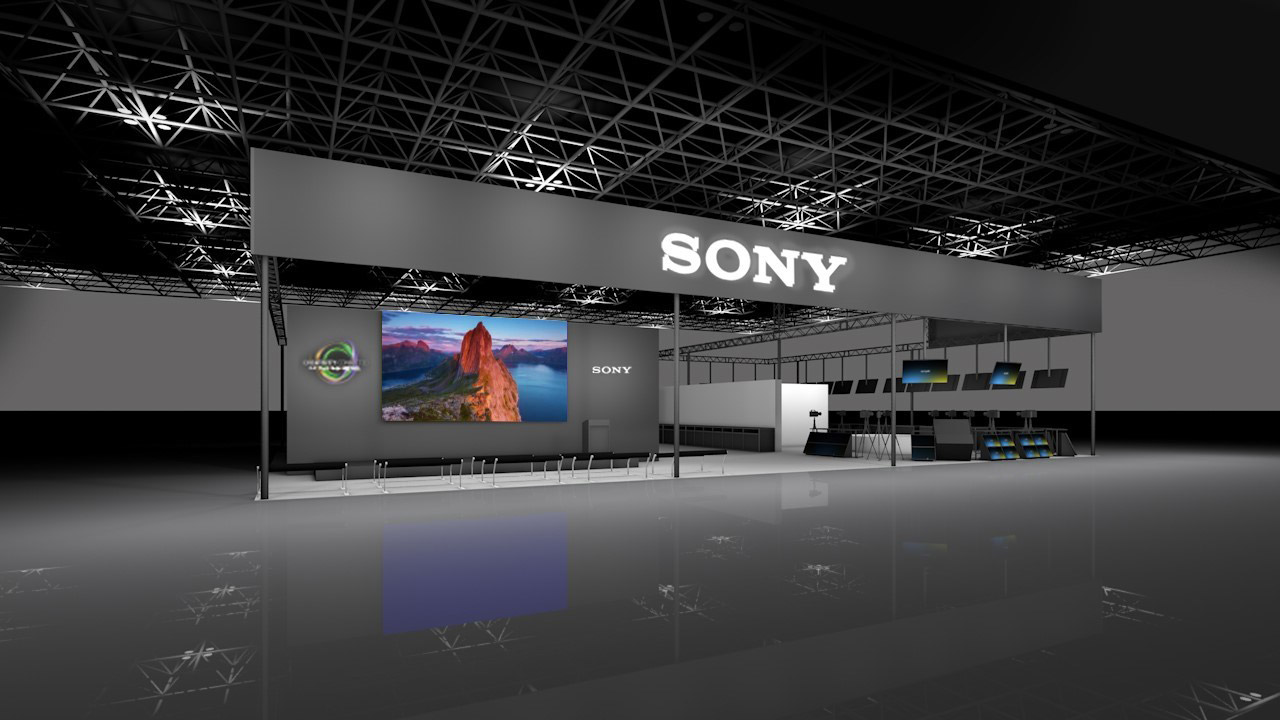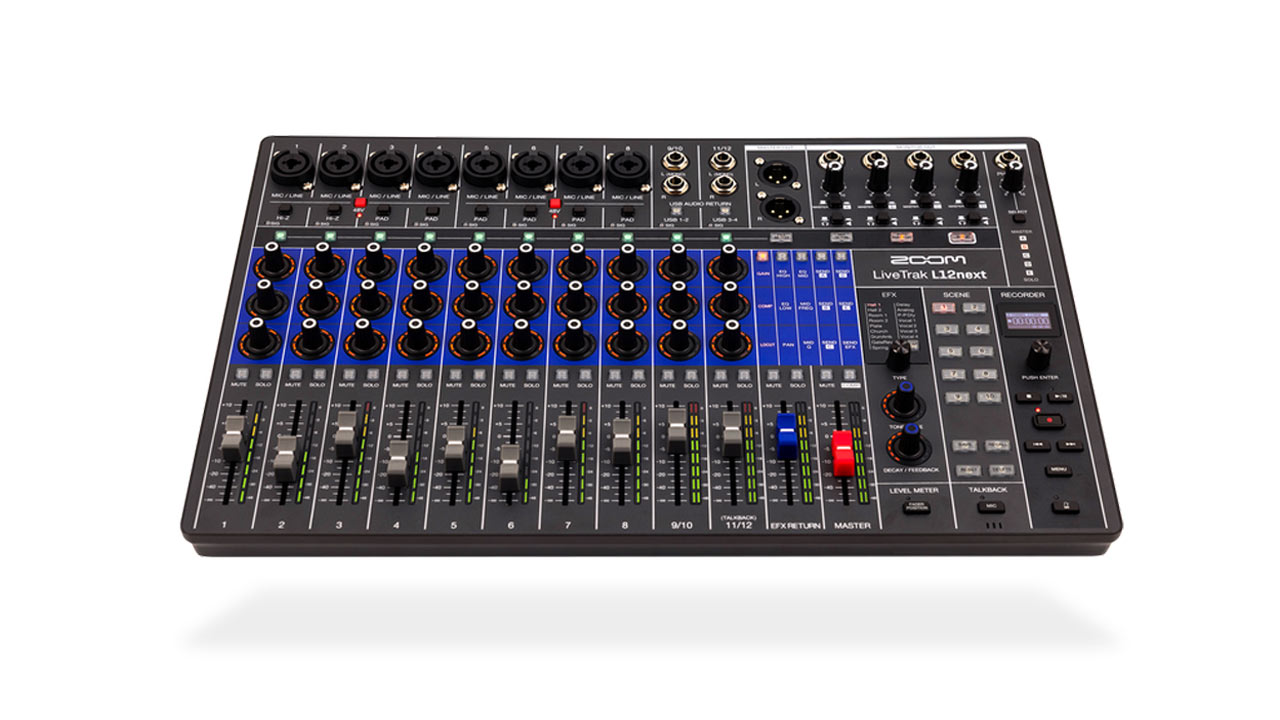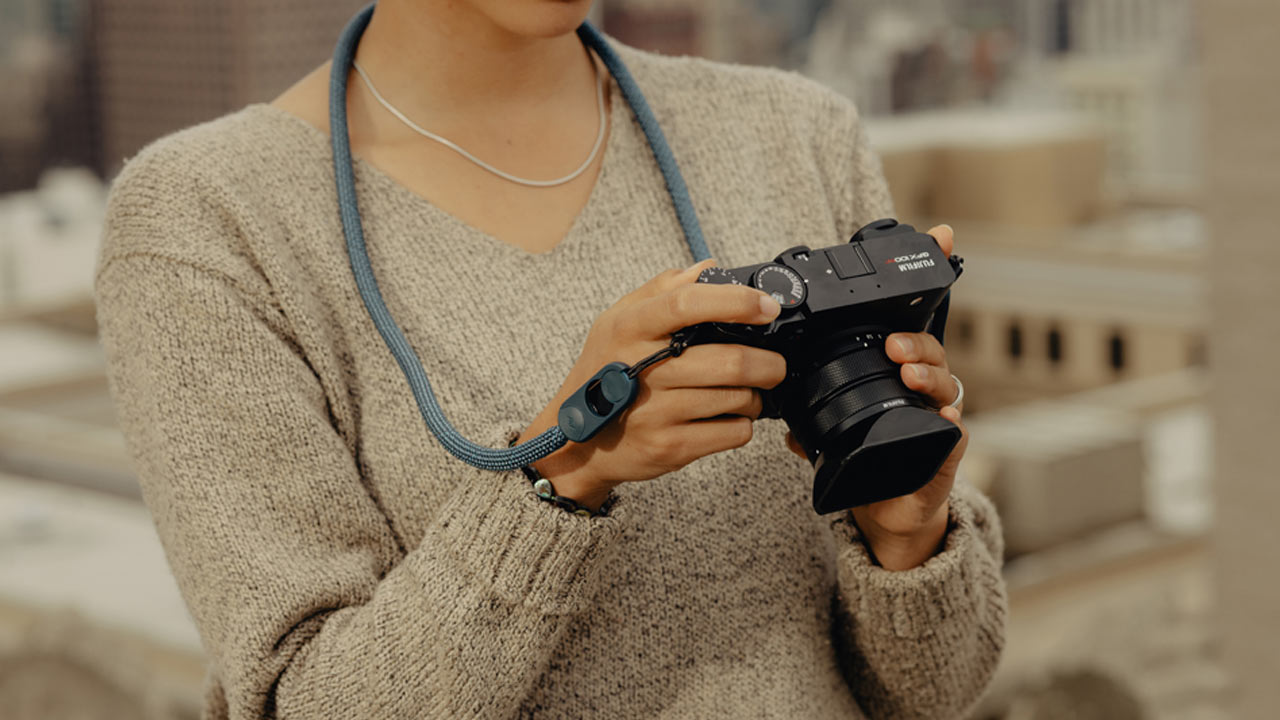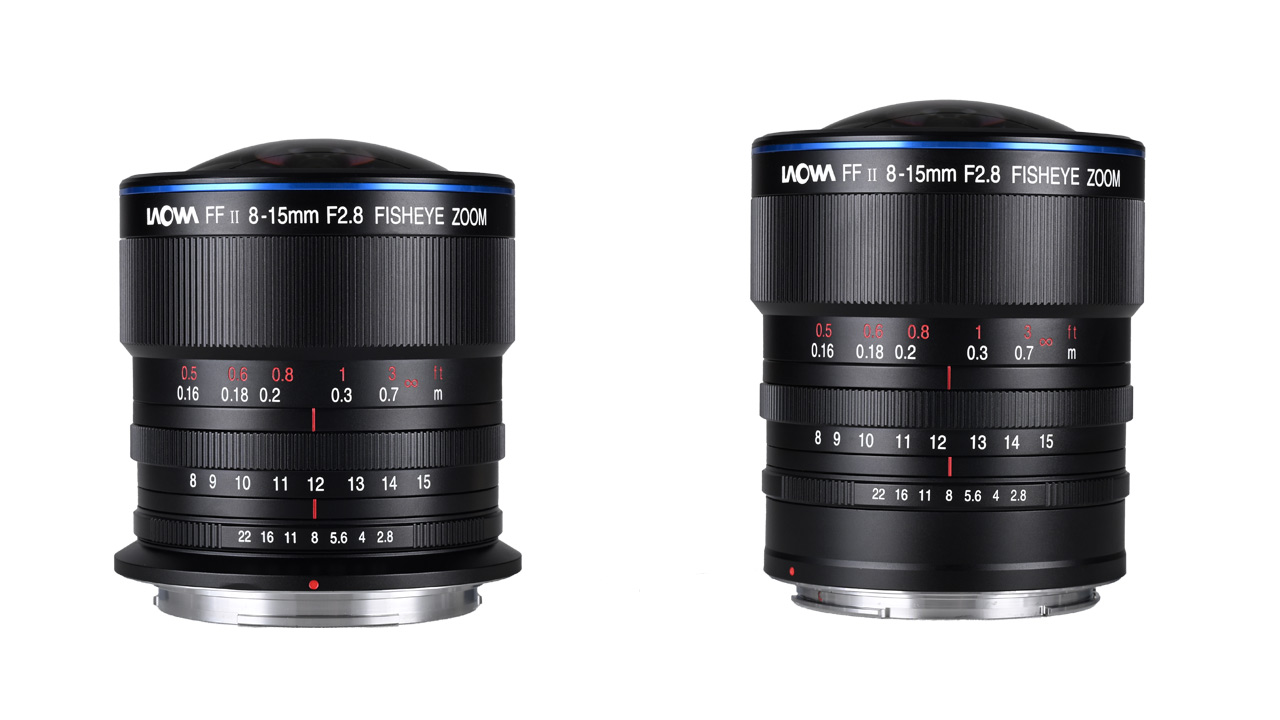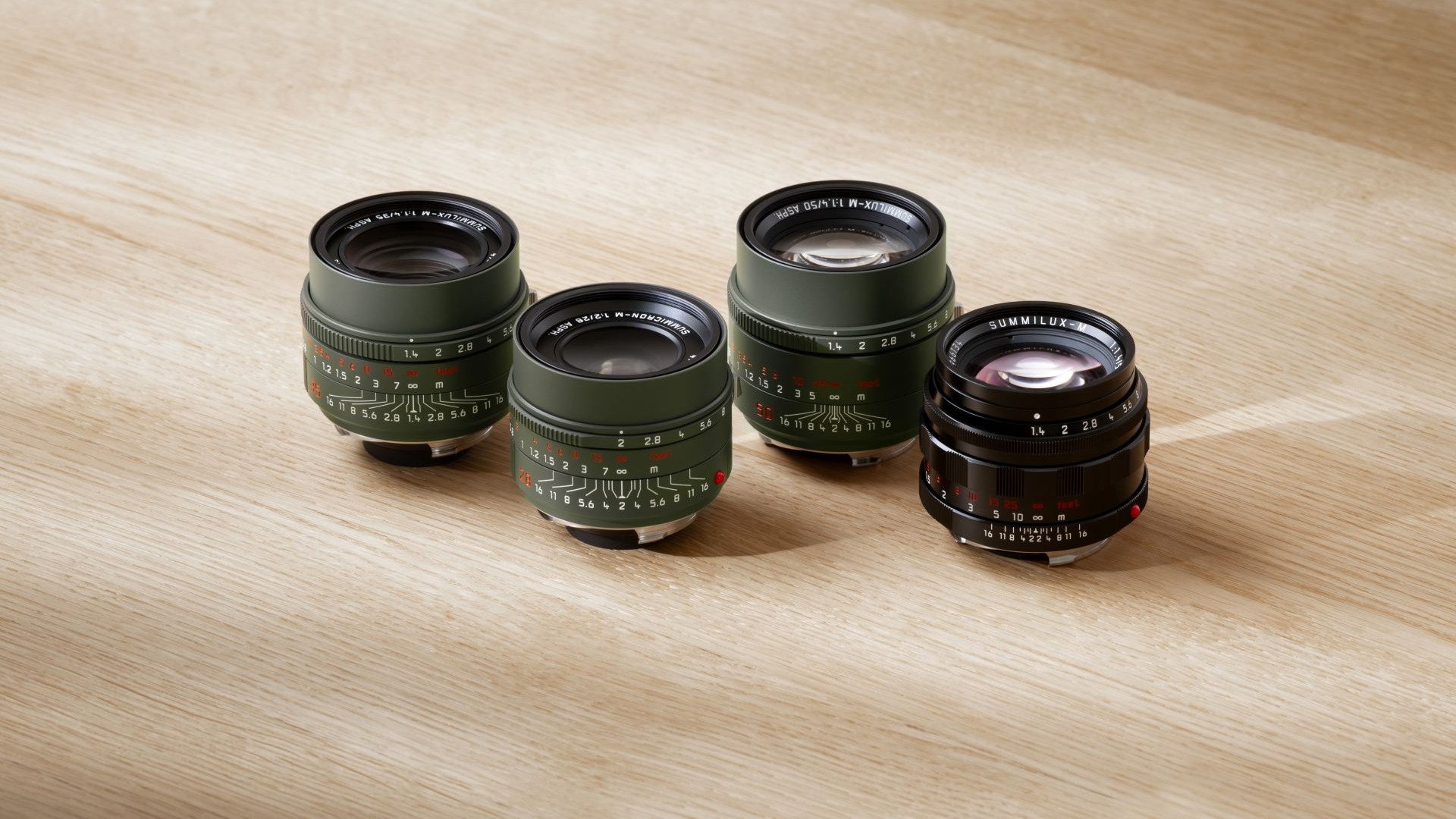
BRC’s top model “BRC-AM7” released in November
- Starting at 24mm and covering up to 40x
- Extensive I/O and Control
- PTZ autoframing greatly expands possibilities
- Widely used in a variety of areas, from professional live streaming to recording
The “BRC-AM7”, announced in April this year and scheduled for release in November 2024, is the pinnacle of the BRC series. At the time of announcement, it was scheduled for release in early 2025, but the release date has been brought forward a little. The copy reads “From now on, AI will take the pictures,” and as the product name “PTZ Autoframing Camera” suggests, this is a unique camera equipped with an AI-based PTZ autoframing function.
This time I was able to borrow it early, so I would like to check out its performance.
Starting at 24mm and covering up to 40x
First, let’s check the camera specs. The lens is a 20x optical zoom lens with a 35mm equivalent of 24-480mm. If you include the super-resolution range, you can use a high-magnification zoom of 30x at 4K resolution and 40x at full HD. The aperture is F2.8-4.5.


The image sensor is a 1.0-type ExmorRS CMOS image sensor with approximately 14 million effective pixels. The image processing engine is the latest BIONZ XR. Another major feature is the inclusion of an electronic variable ND filter.
If you’ve seen this far, you’ll be thinking, “What?” if you’re familiar with broadcast cameras. These specs are almost the same as those of the professional handy camcorders NXCAM “NXR-NX800” and XDCAM “PXW-Z200” that were released in September this year. The only hardware feature that’s missing is probably image stabilization. In other words, the AM7 can be said to be a PTZ camera equipped with a camera head equivalent to the NX800/Z200.
Both of these cameras have recently been in the spotlight for their AI-based auto-framing function, which automatically tracks and cuts out from 4K resolution video, but the AM7 is equipped with a PTZ auto-framing function, which moves the camera with a pan-tilt mechanism and optical zoom, allowing you to shoot without cutting out.
In fact, the menus are almost the same. On the NX800/Z200, you press the menu button once to access the 10-page menu, but you can access the full menu by pressing and holding the menu button. On the AM7, there is only the full menu, but the menu structure is almost the same.

With a PTZ camera, you would think of it mainly for live video output, but it actually has two memory card slots on the main unit, so it can also record. Since the output specs from SDI and HDMI are up to 4K/60p HDR compatible, many people may think that it cannot shoot in high frame rates, but in fact it can shoot at up to 240fps. The slow magnification changes depending on the frame rate of the system.


If you are using a 709 base, they also have presets for S-Cinetone, ITU709, and 709tone. They also support the import and export of scene files, so you can match the settings with the NX800/Z200.

Extensive I/O and Control
The strength of the AM7 is that it has a wide range of I/O as a live/network camera. For audio input, in addition to 2ch XLR, mini plug is also available. Since the input is a general-purpose terminal, even if you want to input sound on the spot, you can usually manage it somehow.

There are two SDI outputs, more than the Z200. In addition to the usual LAN terminal, the network terminal is equipped with VISCA IN/OUT terminals, a camera control standard developed by Sony, and can support network output such as NDI and SRT.
As for power, it runs on DC12V via an XLR-4 pin, so it can be powered by a V-mount battery or similar via an adapter.
If you connect a tablet to the same network while powering the camera with PoE++, you can also use the web app on-site. The web app not only gives you access to the full functionality of the AM7, but also allows you to select subjects for PTZ autoframing by touching the screen. It would be a good idea to have a tablet of about 10 inches to use as a monitor.
For camera control, the standard RM-IP500 remote controller allows for pan and tilt using a joystick and zoom using a rocker switch, allowing for flexible manual operation.

However, the included infrared remote control can do a lot. In addition to controlling pan, tilt, and zoom, it can also store up to three preset positions. As for menu operations, you can set settings other than auto framing, so as long as you connect a display that can display the menu, you can use it without a network connection.



As long as the PTZ auto framing settings are pre-programmed into the camera over the Internet, there is no need to bother setting up a network environment for control on-site, even for multi-camera recording or SDI-based live broadcasting.
PTZ autoframing greatly expands possibilities
Let’s actually try out AI-based PTZ autoframing. For more advanced settings, control via the web app is recommended. This can be controlled by accessing the camera’s IP address with a browser on a PC or tablet in the same network as the AM7.

Regarding composition settings, the NX800/Z200 only allows you to choose from three sizes (large, medium, and small), but the AM7 allows you to set both size and position variably. Another advantage is that you can create patterns and preset up to three of them.

If you set the starting position, the camera will frame the person who is in that position. You can also set the detection range, so you can have the camera follow only people who enter the frame from the left. This is a useful function for drama recordings where the same take is repeated several times.


This time, I shot outdoors, but there was no network environment at the site. I set up the PTZ auto framing in advance, and then just started it with an infrared remote control at the site.
Sony “BRC-AM7” PTZ autoframing shooting sample
The AM7 can pan ±175 degrees and tilt -30 to 210 degrees, so even if you place the camera close by, you can follow a fairly wide range. Of course, the resolution is full resolution, not cropped, so it can follow in 4K as it is.
Auto framing can also be used for high-speed shooting. The slow-motion shot in the latter half of the sample video was shot at 59.94p and 240fps, which is 4x slow motion. The composition is a little slow to follow, but this can be compensated for by offsetting the auto-framing composition and setting it closer to the direction of travel.
The day of the shoot was a sunny day with plenty of light, but because the exposure can be controlled with an electronic variable ND filter, I was able to shoot without desensitization, with a fixed shutter speed of 1/60 and with the aperture fully open. The long focal length also makes it possible to take advantage of the depth of field.

Widely used in a variety of areas, from professional live streaming to recording
Until now, PTZ cameras have been treated as separate from cameras that are operated by humans, both in terms of performance and settings. They have only been used to manually control them with a controller or to move them to preset positions, but the AM7’s PTZ autoframing directly controls the pan/tilt drive mechanism, allowing it to achieve high resolution that cannot be achieved by cropping, and to cover a wide shooting range.
Furthermore, the camera section, although a PTZ camera, has been brought to a point where there is no difference in image quality or performance with the NX800/Z200. Since it is compatible with recording as well as live performances, it can also be used in video production.
If the NX800/Z200 can handle the situation, there is no reason why the AM7 cannot. This is a camera that both camera users and production teams who want to shoot with multiple cameras with a small team should pay attention to.





